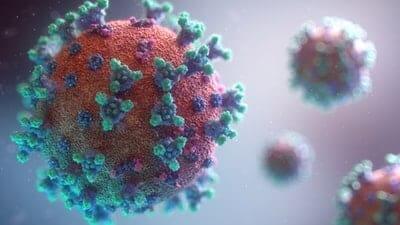by Johanna Patricia A. Cañal, MD, MHA, MSc
Germs…that’s what we called them…before we knew the differences.
I won’t go into the details here but, in general, it is one of anatomy and physiology.
A bacterium is a microscopic organism that is made up of a single but quite complicated cell. Our body has a lot of native bacteria, especially in the skin and gastrointestinal tract. Many bacteria are quite harmless to the body. Some bacteria are even beneficial for the body. You’ve heard of good bacteria.
A virus is not a cell but has genetic material. It needs to invade or occupy another cell to survive. There are some viruses, though, that can survive outside a cell for a few hours. Viruses are not native to the human body and will cause some kind of illness in a human. These may range from the common self-limiting cold to HIV/AIDS and Ebola.
A fungus is part of a large group of organisms that include yeasts, mold, mildew and mushrooms. Some fungi are food. Others can cause infections. Some are necessary for breakdown of organic matter in forests. In general, the normal human body can resist a fungal infestation. There are some fungi that are normally present in the body that only become a problem when the human is immune-compromised. That is, many of these are opportunistic infections.
A parasite is a general term for the helminths, protozoans and ectoparasites that can I fest and invade a human. Examples of helminths are worms (tapeworms, roundworms, flatworms and pinworms) and flukes. These are usually in the gastrointestinal tract. Protozoans are one-celled organism that wreak havoc on the body—examples are malaria and amoeba. Ectoparasites are the bugs that bite, burrow and infest such as ticks, fleas and mites.
None of them are particularly nice to have. The biggest (in my opinion) difference among these is their treatment. Bacterial infections are treated with antibiotics. Fungal infections are treated with anti-fungals. Anti-helmintics will cover for all the worms.
Viruses, well… there is no treatment for viruses. Once you have a viral infection, you either wait for it to run its course (most cases) or you take medication to decrease/ modify its effects. The best thing would be to vaccinate before you ever get infected. A vaccination allows one’s body to build immunity to the virus so that one will not get sick in the future.
More discussion on viruses in the next article.
Hello!
This short article is part of a series of articles that is designed to make health care more understandable to non-doctors.
As a way of disclosure, I am a radiologist and a radiation oncologist. My strengths, therefore, are diagnosing illness, particularly cancer, and cancer treatment. Thus, I will be talking about medical tests and what these are about.
I shall also be talking about the dreaded disease, cancer. In the 2nd decade of the 21st century, cancer is the #4 cause of death worldwide. NUMBER 4! It used to be #10. It has obviously been going up. The number 1 and 2 killers are cardiovascular diseases…translated into heart attacks and strokes. Number 3 is pneumonias and lung diseases.
The previous century was known as the century of infectious diseases. The most common causes of disease and death were bacterial and viral pneumonia and tuberculosis. The present century is the century of the lifestyle disease. That is, infections don’t play as big a part as lifestyle diseases. What are those? Heart disease, strokes, cancers and injuries/accidents.
But then again, the 21st century has just started, and we already have a pandemic. One never knows what will happen in the next 10, 20 or 30 years. Thus, this series will discuss a range of topics, hopefully the topics most relevant to you.
If there is a topic that you want clarified, please do drop me an e-mail at [email protected]. Please just fill in the subject line with: [SULIT] Your question

Johanna Patricia A. Cañal, MD, MHA, MSc
























